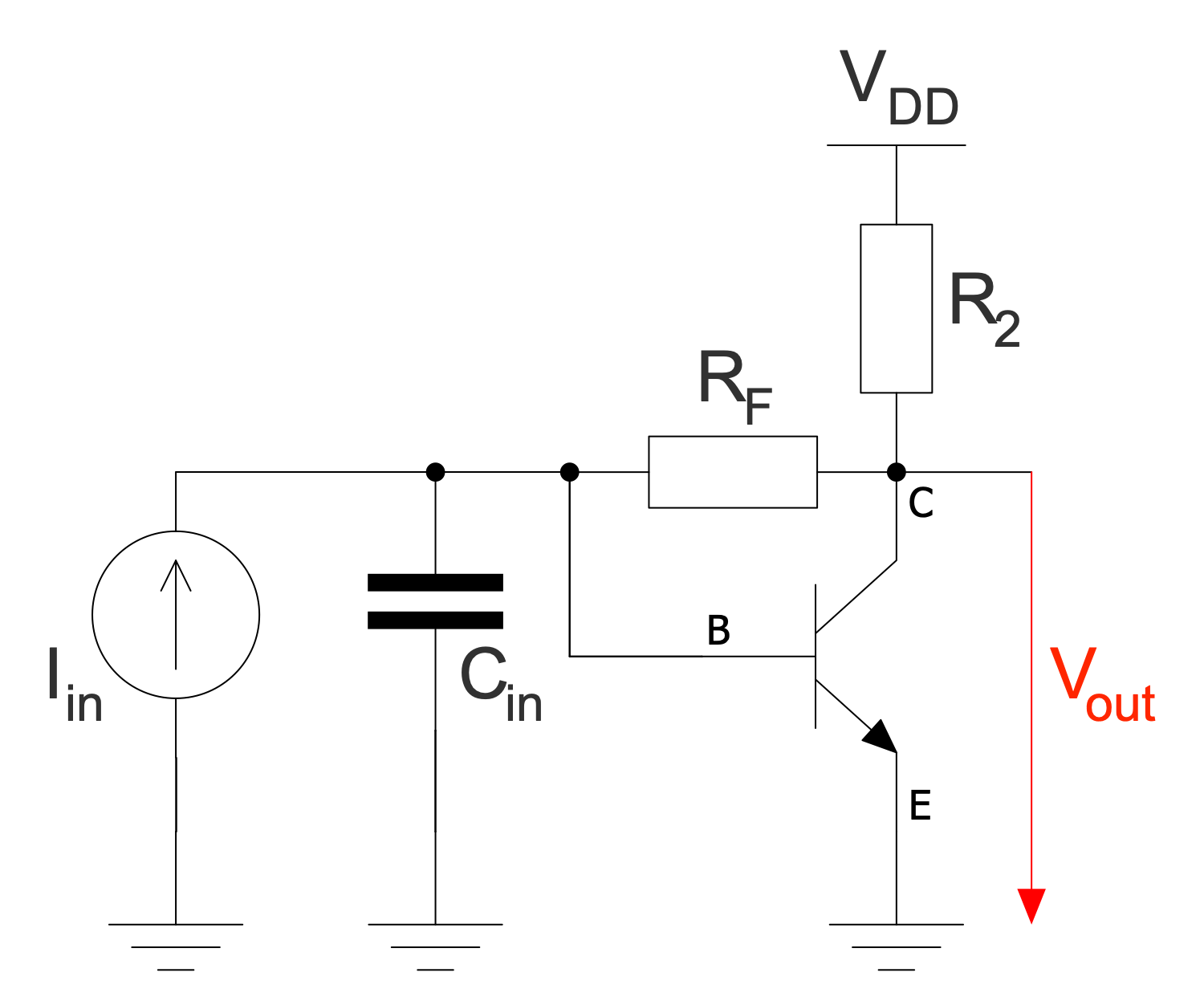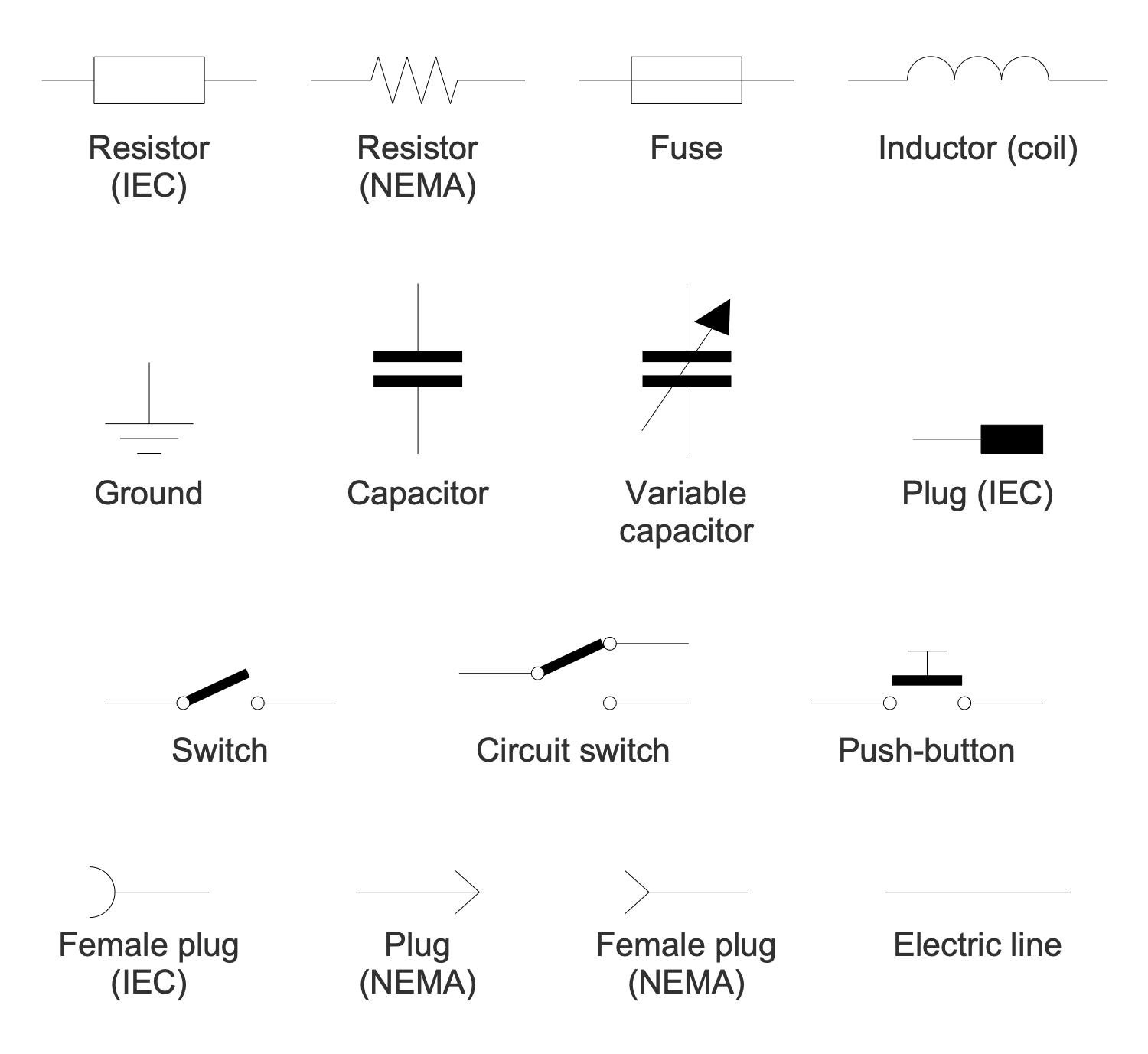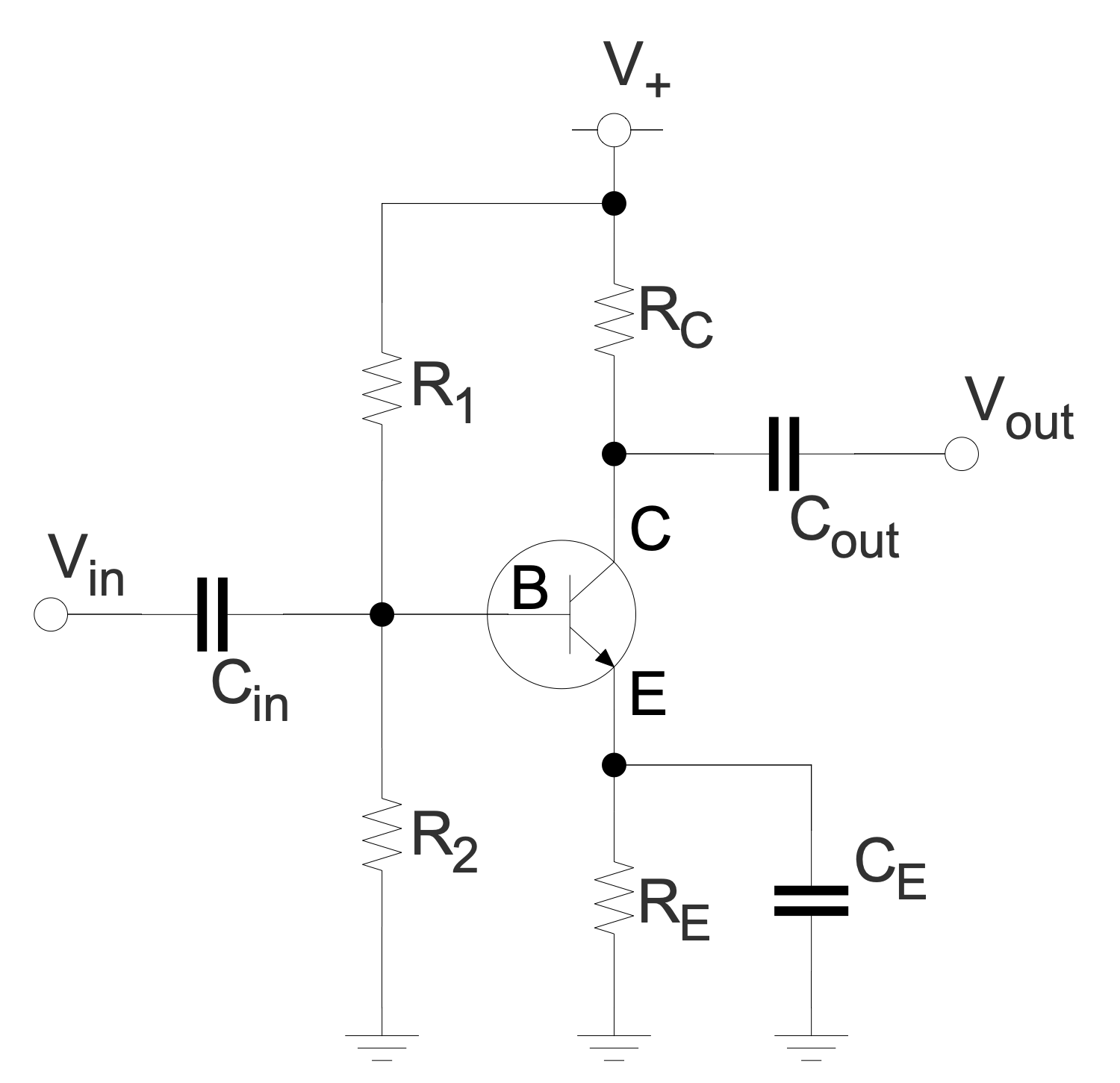Resistor Symbol
A resistor is a passive two-terminal electrical component, which regulates the flow of electrical current in an electronic circuit. It provides a given value of resistance and includes no source of power, attenuates or divides voltage, reduces current flow or limits it. As result, the loss of electrical energy in the form of heat happens.
Resistors have a wide application in electrical or electronic circuits, limit current, and provide appropriate control voltages to semiconductor devices to protect devices from over-current damage. In addition, they help to bias the active elements, adjust signal levels, limit the frequency response, terminate transmission lines, and realize other actions. In digital circuits, resistors are used to pull up/down the voltage at the input of a digital logic chip.
Resistors are linear devices and obey Ohm’s Law. They are made from conductive materials like carbon, metal, or metal oxide. A thin film of this material is wrapped around a ceramic core and covered by an insulating material. The key characteristics of resistors are physical sizes, reliability, voltage, power, temperature coefficient, frequency response, and noise.
Resistors are common elements used in electrical and electronic equipment, electrical networks, electronic circuits, integrated circuits, etc. The resistor's electrical function is specified by its resistance. The current flowing through a resistor is directly proportional to the voltage and inversely proportional to the resistance. The use of several resistors connected in networks through series and parallel connections is also possible as current limiters, voltage dividers, or voltage droppers.
There are available many different kinds of resistors, from very small surface-mounted chip resistors of low cost, large tolerance, general purpose resistors to large wire-wound high power resistors of high cost and low tolerance. Resistors are also differentiated according to their operating characteristics and role in the circuit: high-power resistors, low-power resistors, fixed resistors, variable resistors, special resistors, and many more. The resistor's ability to limit current flow, its resistive value is constant, positive, and measured in Ohm’s.
- High-power resistors are used in power distribution systems, as a part of motor controls or as test loads for generators.
- Variable resistors have continuously adjustable resistance and are used as sensing devices to track changes in various parameters like light, heat, humidity, force, and chemical activity. They allow increasing or decreasing the current flow in a circuit, adjusting volume or lighting being used as lamp dimmers, volume controls, etc.
- Continuous variable resistors have a continuous resistance and can achieve infinite numbers of resistance values ranging from min to max.
- Step variable resistors have resistance increasing or decreasing in steps on a fixed amount.
- Memory resistors remember their resistance and the present resistances depend on the last known resistances of the current passed through them.
- Thermal resistors have resistance depending on the surrounding temperature.
- Protective resistors limit the current flow if the current exceeds its certain value.
- Light-dependent resistors have resistance depending on the intensity of the light.
- Voltage-dependent resistors have resistance depending on the applied voltage.
- Fixed resistors are resistors with fixed or minimally changed resistance at the change of time, temperature, or operating voltage. They differ by the way of development and used material, and include carbon film resistors, metal film resistors, oxide film resistors, cement resistors, and wire-wound resistors.

Example 1. Resistor Symbol for Circuit Diagrams Design
- Carbon-composition resistors are the most common and cheap in manufacturing general-purpose resistors. They are made of granulated carbon, carbon dust or graphite paste and a non-conducting ceramic powder (clay), which binds them together. Carbon-composition resistors have low inductance, the rated power is small (from 1/8 W to 2 W), however, can suffer from noise and stability when heated.
- Film resistors include metal film, carbon film, and metal oxide film resistors and are made by depositing pure metals (nickel, tin-oxide) onto an insulating ceramic rod or substrate. The resistive value depends on the thickness of the deposited film.
- Cermet or film resistors are made from conductive metal oxide paste and have very low wattage values, large power, and large volume.
- Metal film resistors have high-temperature resistance, high precision, good stability, low noise, and are better for high-frequency or radio-frequency applications. Their power is from 1/8 W to 3 W.
- Metal oxide film resistors have good heat resistance and pressure resistance.
- Wire-wound resistors are made by winding metal Nichrome wire on an insulating ceramic core in the form of a spiral helix. Other thin metals able to handle high currents and act as inductors are also used. Wire-wound resistors can handle high electrical currents, have high wattage ratings, large power and volume.
Example 2. Basic Passive Components Library Design Elements
To show the resistor in a Circuit diagram, the resistor symbol is used. The resistor symbols differ according to the kind of resistor. Two standard symbols for fixed resistors are used: “zig-zag” style (NEMA) in USA and Japan, and “new boxed” style (IEC) in Europe.
ConceptDraw DIAGRAM software enhanced with Basic Circuit Diagrams solution includes the Basic Passive Components library with resistors symbols and in addition 4 libraries with a lot of other pre-made design elements. Use them to create a Circuit Diagram of any complexity fast and easy, illustrate Ohms Law, the application of resistors in electrical or electronic circuits, the schematics of transformers, amplifiers, rectifiers, and many more.
Example 3. Circuit Diagram - Common Emitter Amplifier AC Mode
The Circuit Diagrams samples you see on this page were created in ConceptDraw DIAGRAM software using the drawing tools of the Basic Circuit Diagrams Solution. These examples successfully demonstrate the solution's capabilities and the professional results you can achieve using it. An experienced user spent 5-15 minutes creating each of these samples.
Use the drawing tools of the Basic Circuit Diagrams solution to design your own Circuit Diagrams and schematics quick, easy, and effective.
All source documents are vector graphic documents. They are available for reviewing, modifying, or converting to a variety of formats (PDF file, MS PowerPoint, MS Visio, and many other graphic formats) from the ConceptDraw STORE. The Basic Circuit Diagrams Solution is available for ConceptDraw DIAGRAM users.

